We'll be counting stars!
A guide to the most unique open observatories in the world
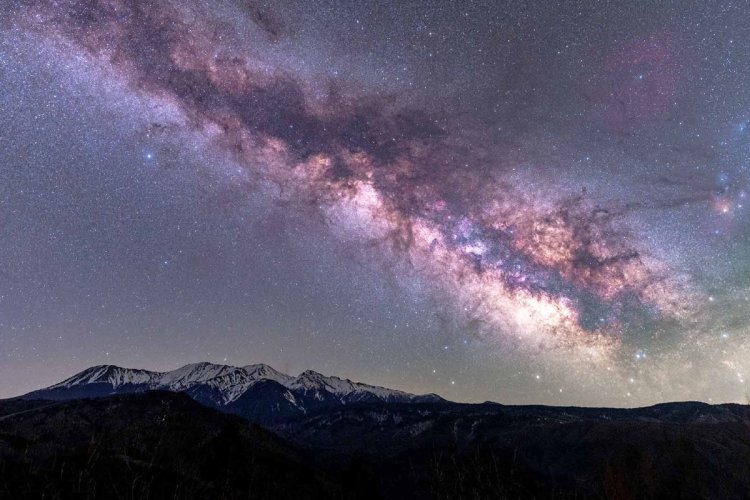
These days, city dwellers are deprived of the opportunity to look at the stars. Even such simple and at the same time fascinating astronomical phenomena as meteor showers remain beyond our vision. We live under illuminated night skies and suffer from high levels of light pollution.
But you can go on astronomical tours to the dark sky reserves to see the Milky Way not only in the pictures, but also with your own eyes. The main astronomical observatories of the world are located in such sparsely populated and dark places. Some of these leading observatories are open to the public, which gives us a chance to observe what scientists are working on - the study of outer and deep space.
South America
Atacama Desert, Chile
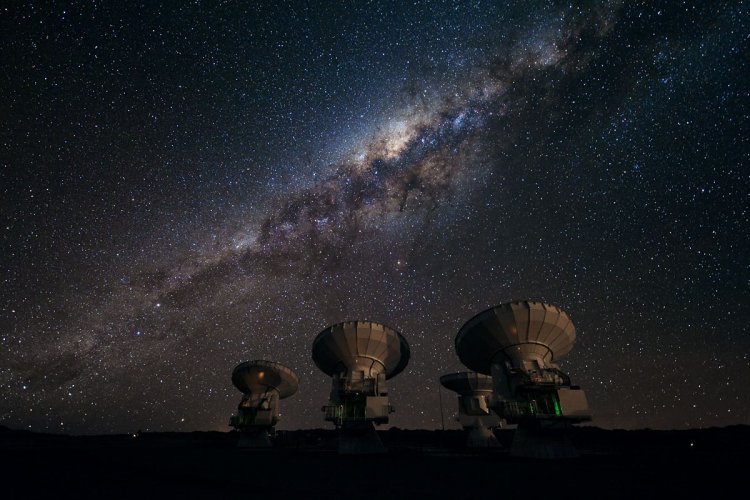
In the heart of the Atacama Desert in northern Chile, there are a number of telescopes and observatories that belong to the international research organization - the European Southern Observatory (ESO). Due to its location on mountain tops and a dry, cloudless climate almost all year round, this complex is one of the leading centers for astronomical research in the world.
The observatory has been operating since 1966 and is constantly expanding. To date, 3 observatories operate under the patronage of ESO: the La Silla Observatory, which houses 18 telescopes; the Observatory of the Chainantor Plateau, including the world's largest complex of radio telescopes ALMA, located at an altitude of more than 4800 meters above sea level; and the Paranal Observatory, with the Very Large Telescope, considered the organization's flagship.
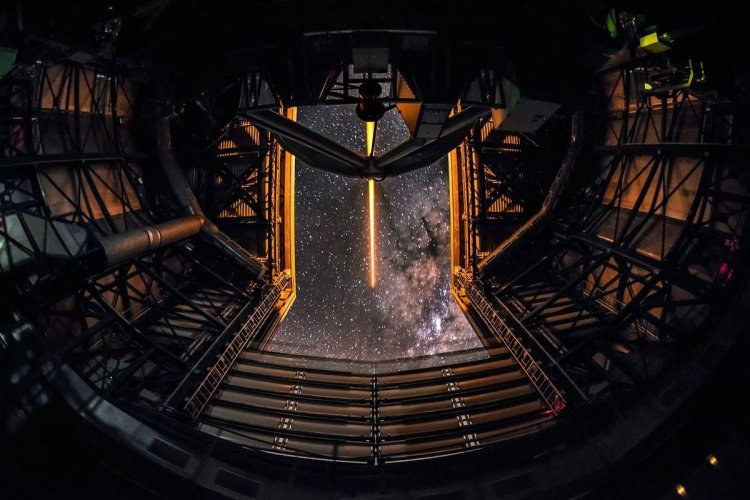
In 2017, ESO has started the construction of Extremely Large Telescope, which will be able to capture data and photographs in even greater detail than the Hubble Space Telescope. Also by 2029, they promise to commission the Giant Magellan Telescope, which will look for traces of dark energy and dark matter.
Approximately 40% of all scientifically significant telescopes in the world are located in the Atacama Desert. The La Silla Observatory is open to visitors from September to June on Saturdays and Sundays. It turns out that you can diversify your leisure time by planning a weekend trip to this observatory and look at HARPS - a high-precision spectrograph designed to search for exoplanets, with which more than a hundred planets have already been discovered!
North America
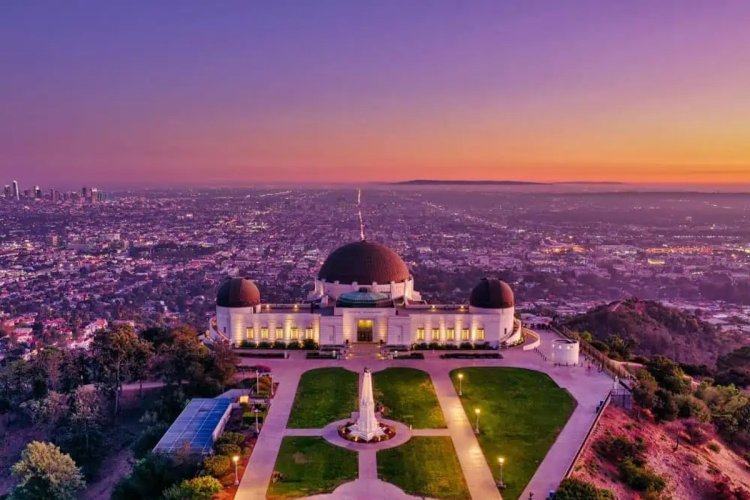
In the United States, 4 observatories are open to the public. The two California state observatories are no longer of scientific interest, as the light pollution in the area is one of the strongest in the world. However, these observatories have become iconic and highly visited, and can be seen in many Hollywood movies, including La La Land and The Terminator.
Mount Wilson Observatory, California, USA
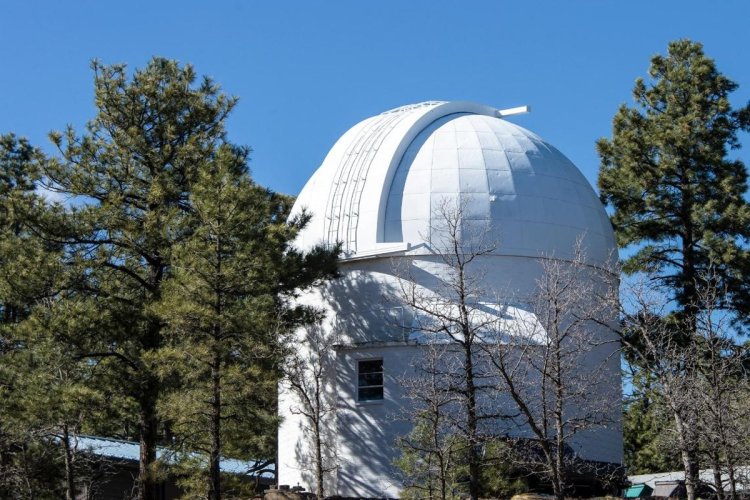
The observatory was founded in 1908 on Mount Wilson at an altitude of 1742 meters northwest of Los Angeles, which continues to function to this day. Edwin Hubble, the most famous astrophysicist and cosmologist of the 20th century, worked here from 1919 until his death in 1953. Also, the observatory houses one of the largest telescopes in the Western Hemisphere, open for free visits and observations from April 1 to November 30.
The observatory is currently equipped with two reflecting telescopes (a 60-inch and a 100-inch built in 1917), three solar telescopes, and several interferometric devices. Groups of tourists, no more than 25 people, can book one of the telescopes, paying from 800 to 1500 dollars for it, depending on the time of the visit.
Griffith Observatory, California, USA
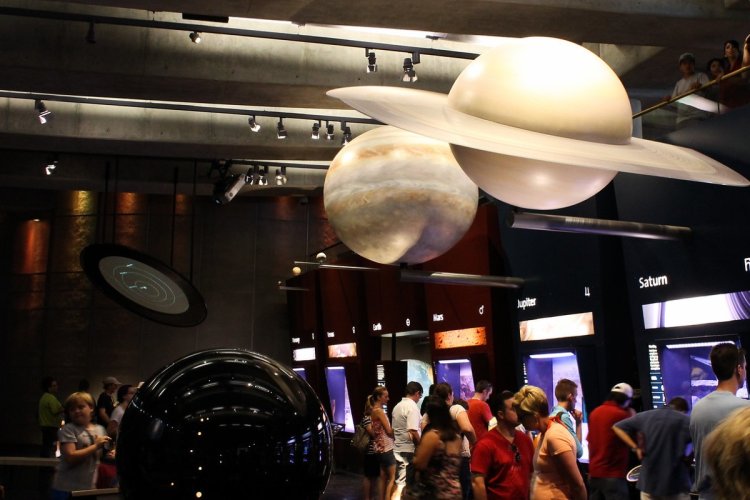
The Griffith Observatory, also known as the Los Angeles Observatory, has been free to visitors since its opening. Currently, the 12-inch Zeiss refracting telescope, which was installed back in 1935, can be seen here.
Light pollution in Los Angeles has greatly reduced the scientific value of astronomical research in the area, but the Griffith Observatory successfully compensates for this deficiency with its science museum and educational programs. So now it looks more like a planetarium than an observatory.
Mauna Kea Observatory, Hawaii, USA
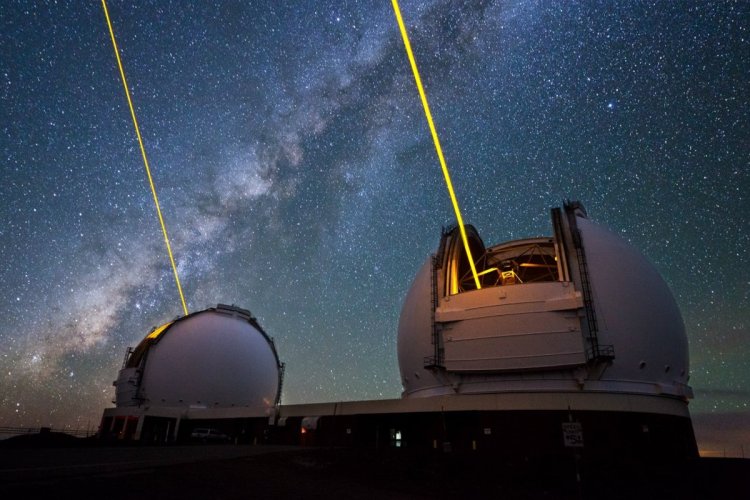
Since 1967, the summit of the Mauna Kea volcano has been the site of a complex of telescopes, which are located at altitudes from 3730 to 4190 meters above sea level. It is also home to the famous Keck Observatory, whose telescopes were the largest in the world from 1993 to 2007, before the Grand Canary Telescope was launched.
Due to its remoteness from cities and favorable climatic conditions, the observatory has become one of the leading places in the world for optical observations in the infrared and visible ranges of the spectrum. Mauna Kea offers visitors different star tours every evening and night and provides free access to telescopes, including solar with protective filters. There is no need for advance booking.
Extra Large Antenna Array, New Mexico, USA
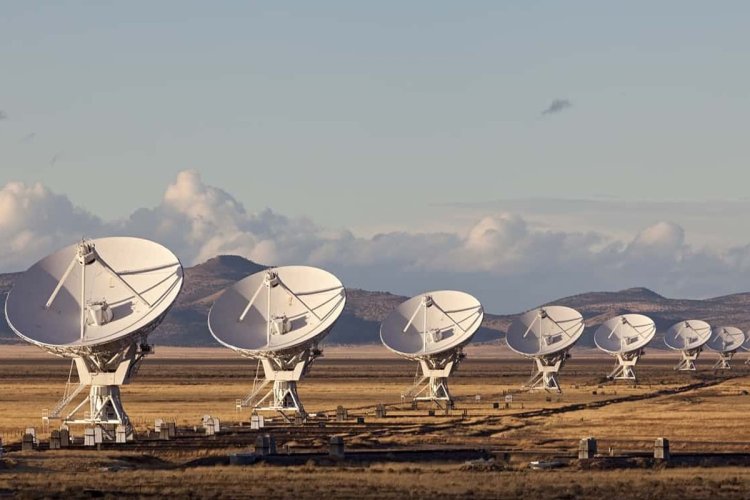
In 1980, 27 radio telescopes were opened in New Mexico, operating as a single antenna array. The antennas are 25 meters in diameter, and their overall sensitivity is equivalent to an antenna with a diameter of 36 kilometers. The observatory was used not only for searching of water on Mercury or microquasars and radio coronas around stars, but also for filming Hollywood movies – the iconic Arrival (1996) and Contact (1997) were filmed here.
You can explore the grounds of the world's leading radio observatory on your own by walking among its powerful antennas from 8:30 am until sunset. Free guided tours are organized every first Saturday of the month.
Africa
South African Astronomical Observatory, South Africa

Located in the heart of the desert, at an altitude of 1800 meters above sea level, the South African Astronomical Observatory is a four-and-a-half-hour drive northeast of Cape Town. It is equipped with an optical telescope whose primary mirror is 11 meters in diameter, making it the largest in the southern hemisphere and one of the largest in the world.
The observatory hosts official tours, which can be found on the official website, but you can also explore it on your own and observe the night sky through telescopes with a diameter of 14 and 16 inches.
Europe
Canary Telescopes, Canary Islands, Spain
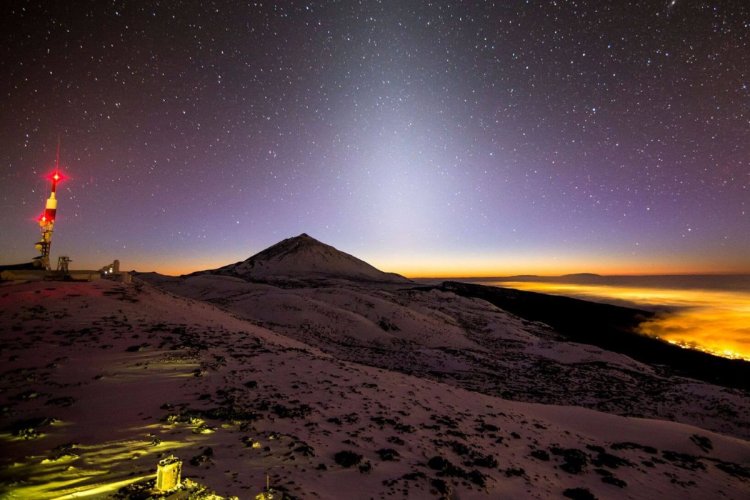
The Canary Islands are a serious competitor to Chile in terms of conditions for viewing clear night skies. In 2013, the Starlight Foundation, dedicated to protecting conditions for observing the pristine night sky, officially recognized the Teide National Park in Tenerife as a "Star Reserve". With the unspoiled beauty of the night sky and ideal viewing conditions, the island of eternal spring attracts thousands of tourists from all over the world. The island even has laws controlling light pollution and aircraft flight paths.
Tenerife also hosts one of the largest and most technologically advanced observatories in the world, the Teide Observatory, which is accessible to visitors. In total, 60 scientific institutes are distributed throughout the archipelago, representing 17 different countries.
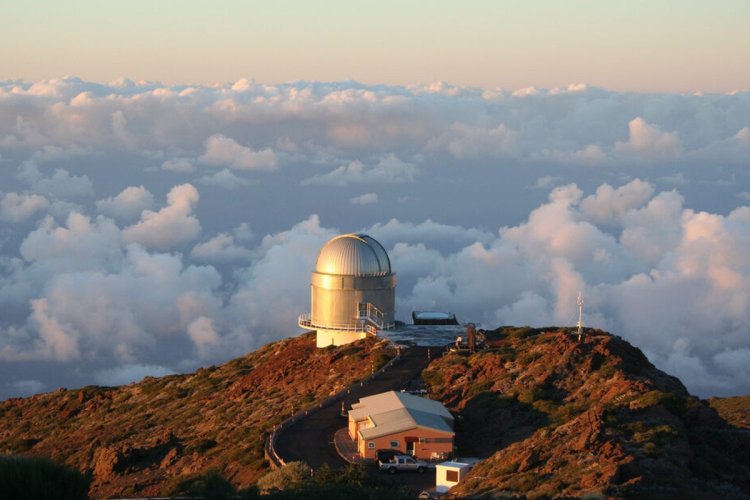
The Roque de los Muchachos Observatory, located on the island of Palma, is considered the second best astroclimate in the world after the Mauna Kea Observatory. It presents unique scientific research instruments, among which are the Swedish Adaptive Optics Solar Telescope, which provides the highest resolution images of the Sun's surface, and the Large Canary Telescope, equipped with one of the largest compound mirrors in the world.
Roque de los Muchachos provides an opportunity to observe the entire northern and part of the southern hemisphere.
Greenwich Royal Observatory, UK
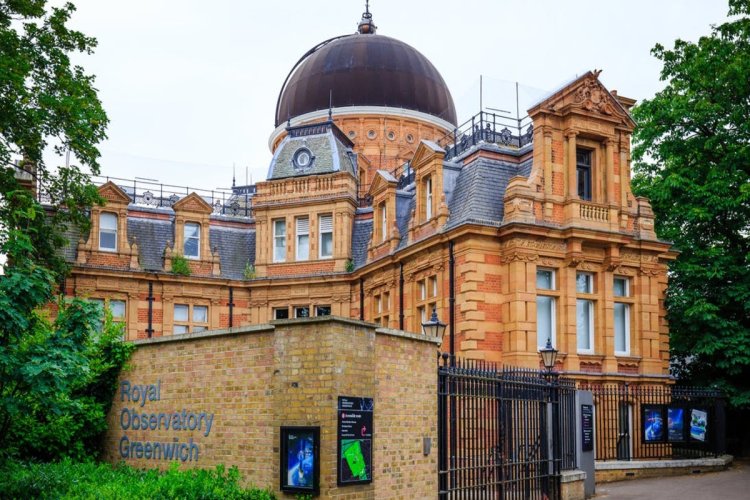
Although London's light pollution makes it impossible to fully enjoy the view of the starry sky, the Royal Observatory, founded in 1675, is home to many exhibits that played a significant role in the development of astronomy and navigation.
This observatory is rather interesting for its influence on astronomical research, because it is the first building in the world built specifically for scientific purposes. Also, the line of the Zero Meridian passes through the Royal Observatory. Currently, the line is 100 meters from the Observatory itself due to technical adjustments, but this does not affect the attendance and the very value of this place.
Plan your new journey to the stars with fedafone booking and record your impressions. Such trips will definitely be remembered for the rest of your life!







